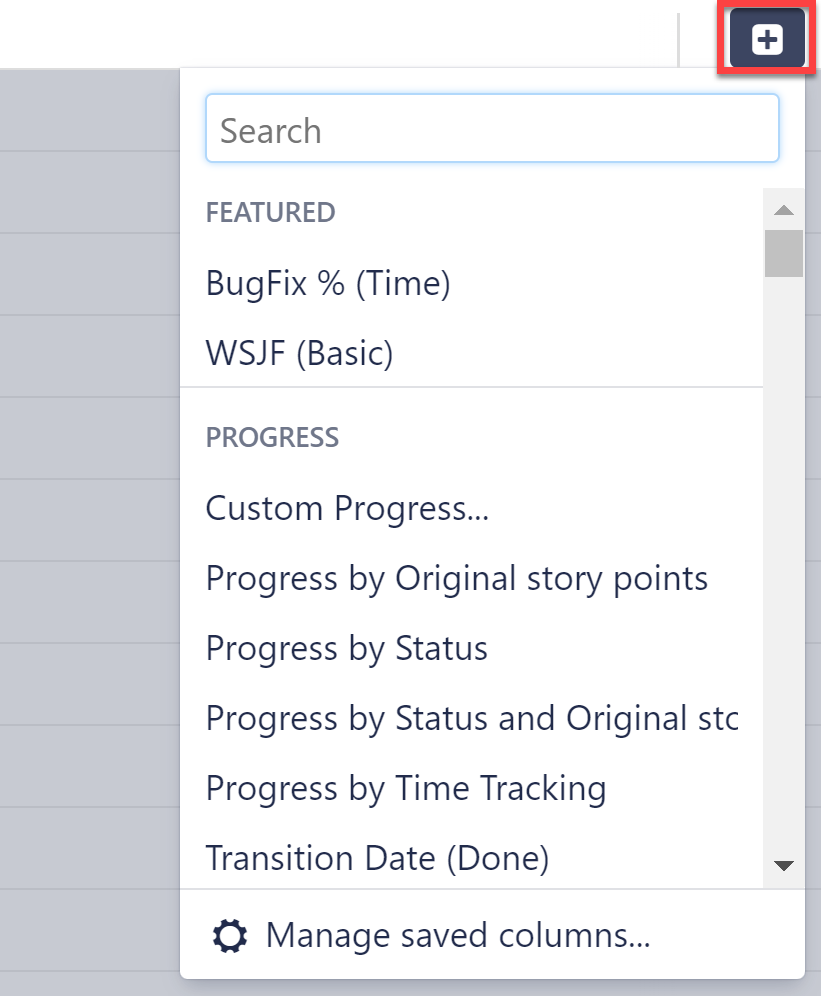With Structure, you can track all the issues for upcoming releases – even if they're from different projects – and visualize all the data you need to track on a single screen.
Step 1: Build a Release Management Structure
To create a structure for release management:
-
Go to the Jira menu and select Structure | Create Structure
-
Add the issues you want to track – you can add them manually or automatically using Automation | Insert
-
Group issues by fix version: Automation | Group | type "Fix Version/s" (Tip: If you use the same names in different projects, use "Version name..." instead.)
-
Open the Summary settings and select Show Sprint and Version attributes
Step 2: Add Data
Next, add the data you need to track by clicking the + button at the top-right corner of the structure. You can add as many columns as you need, including:
-
Jira fields, such as status, assignee, sprint, or remaining estimate
-
Progress - track status based on issue progress, percent completion, or resolution
-
Tempo Work Logged - track how long your team is spending on each issue
-
Formulas - create your own formulas to compare fields or create a visual report
-
Time in Status - see how much time issues spend in a particular status
-
Last Comment - view the latest comment for each issue

Once you've added your columns, you can aggregate the data up the structure. To do so, open the column you want to aggregate and select Sum over sub-items.
Looking to manage resources for your next project? Planner makes it easy to plan resources and capacity for your team.
